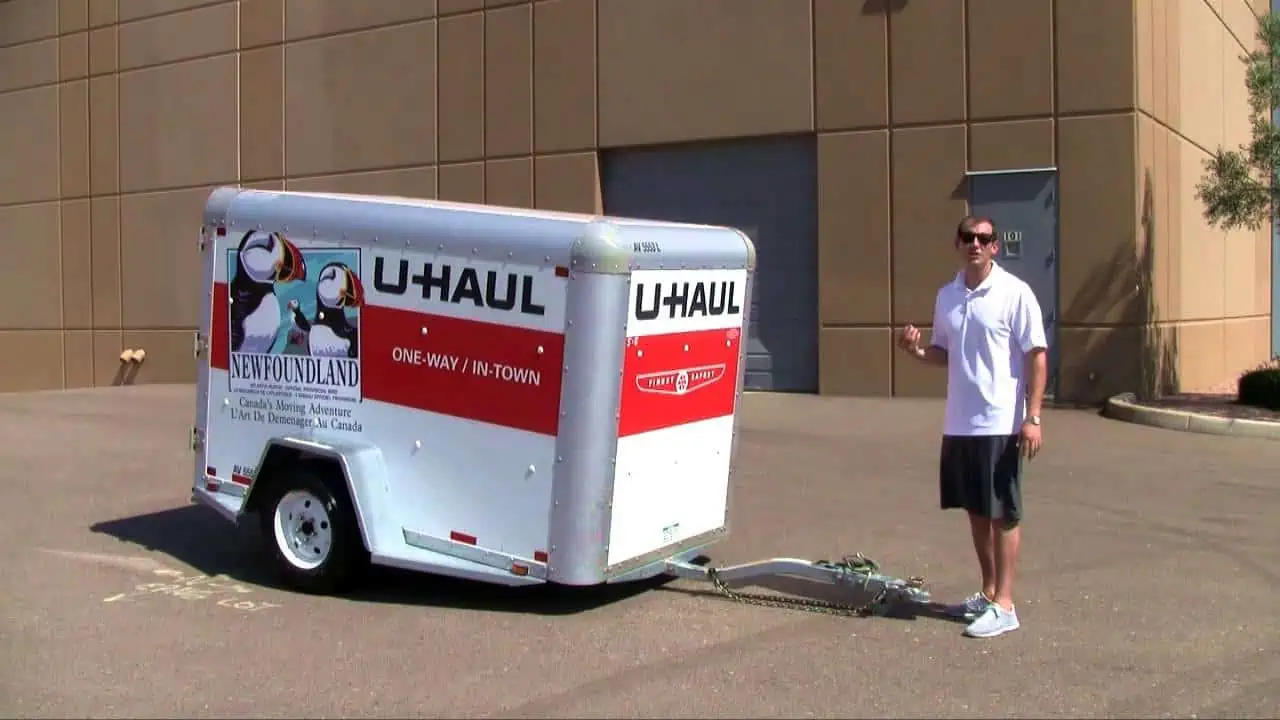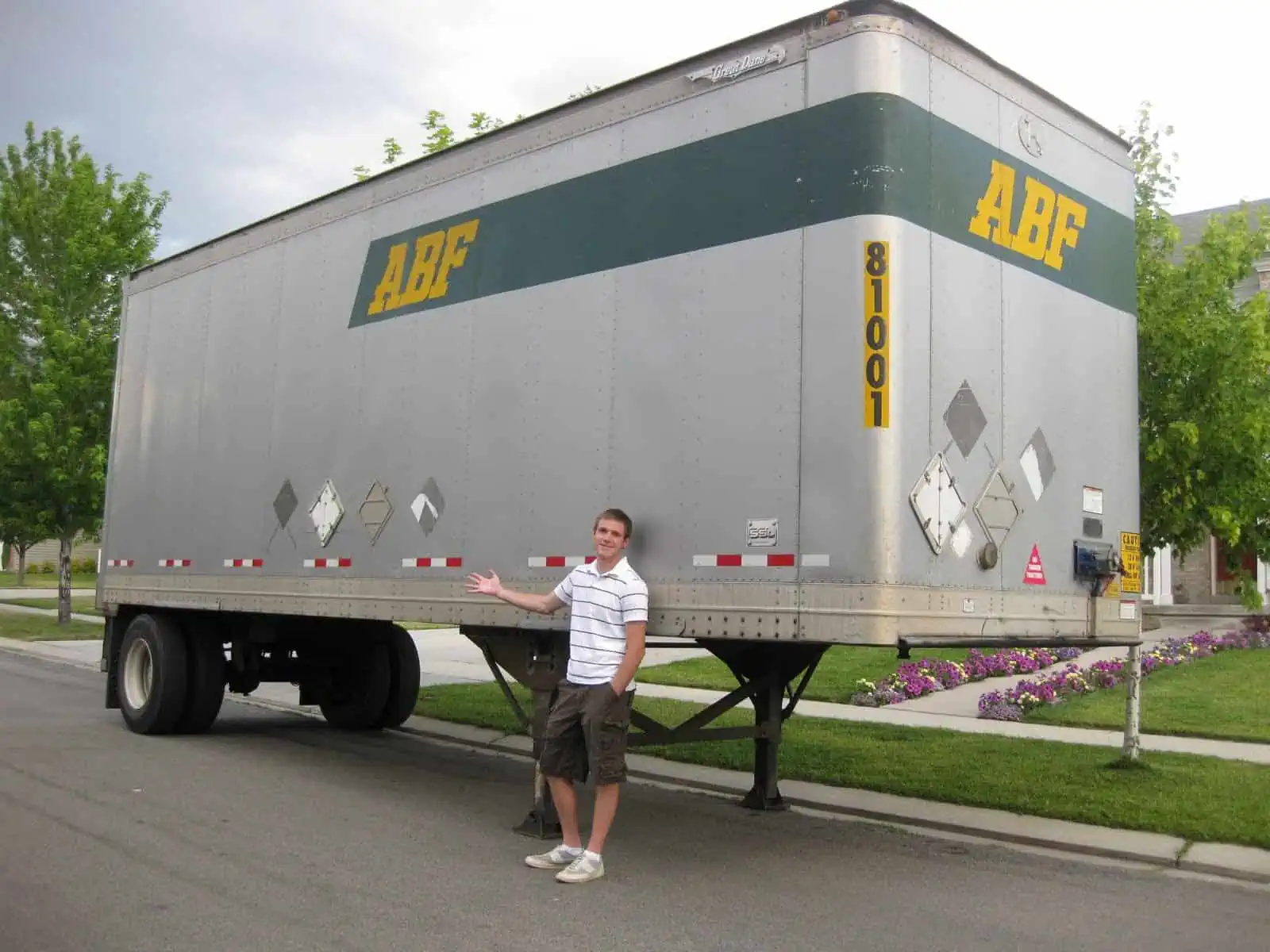Updated: New info for 2021
The moment you know for sure that you’re about to move, life seems to turn on its head.
You instantly have a million questions on what to do next, but often feel like you have no place to turn for those important answers. That’s where we come in! This moving checklist will ensure that you get all of the essentials done so you stay on track for a stress-free move.
Create a Timeline to Tackle Your Move Using Our Moving Checklist
Moving is a process. It shouldn’t (and can’t) happen overnight. Our checklist provides a detailed and resourceful step-by-step guide as you start your journey to a new place, big or small. What should you be doing now? What should you be doing the month, week, or even day of the move? Heck, is there anything extra to do after the move, besides unpacking? We’re here to answer all of those questions for you!
Table of Contents
- 6 Weeks Before Move Day
- 4 Weeks Before Move Day
- 3 Weeks Before Move Day
- 1 Week Before Move Day
- A Successful Moving Day
6 Weeks Before the Big Move

How do I plan to move out? And what are my moving options?
Before you begin this moving checklist, we highly suggest you read this Moving 101 guide to get all of the details on your moving options. Essentially, moves fall into one of these three categories:
- Do-It-Yourself Move: You rent the truck (or find a friend’s truck), load it up, then drive it all to the next location by yourself or with friends.
- The Hybrid Move: You hire help to load and/or unload the truck, you drive and rent the truck.
- Full-Service Move: You can relax while the movers take care of loading and driving. The movers you choose will depend on a number of factors, including budget and timeline. Our sister company Moving Place can be a great alternative to traditional full-service moving companies, because they take care of every detail of your move at reasonable prices.
- Moving101 has charts and up-to-the-day costs to help you find the right move for your situation. Plus, you can use the Moving Cost Calculator to get your budget in order from the very start.
When should you schedule movers?
For the absolute best prices and flexibility, start perusing available movers and trucks now, at roughly six weeks out.
If you are renting a truck for your move, make sure to compare your options. U-Haul isn’t the only option anymore. Budget and Penske are just two of the rental truck competitors that have their own fleets available all over the country.
Now, you don’t necessarily have to stress about actually booking movers just yet … you have until about three weeks before the move to do it comfortably. And if you’re just booking labor-only move helpers from HireAHelper, you also have plenty of time to secure them – you don’t necessarily have to start worrying until two weeks before the move. After that, though, movers and trucks become harder to come by.

See prices for movers by the hour – instantly.
Read real customer reviews.
Easily book your help online.
How do I prepare to move to another state?
However, if you are booking a Full-Service Move, complete with movers, a truck and even a container, then booking now at six weeks out will keep you right on track. This is especially true if you are moving to another state, where things like state laws and paperwork for movers going across state lines come into play. This month-and-a-half timeline is more likely to ensure the things you need on moving day are available and reserved just for you!
Consider renting a container for your things.
Container moves are a perfect way to move in some situations, especially ones where your new property is not ready yet. This container guide lays out the pros and cons to help answer whether or not a container move is a good fit for you. Did you know most moving companies will store your container for one month for free? Yes, this guide has the scoop to help you decide what’s the best plan for your situation.
Get rid of the stuff you don’t need now before you think about packing.
Purging before a move is a great idea for a number of reasons. Not only will you have less to pack up and move, but you’ll also have less to unpack and organize in your new place. The easiest way to slowly purge is to keep a small box or bag in every room of your house (especially in the closets). Items you find that are broken, missing or just never used should be added to these boxes and eventually donated or thrown away. You can also have a garage sale or sell your old items online, which will help you make some last-minute cash right before your move. For items you end up donating, be sure to save the documentation from the donation center so you can use it as a tax write-off at the end of the year.
What exactly can I do with my old stuff?
When it’s time to finally sort through the items in those donation boxes, here is a list of items you can donate to particular spots in your city. And if you have any random items to get rid of (a mattress, outdated appliances), we’ve got you covered too. Read up at those links!
4 Weeks Before the Big Move

Start notifying businesses about your upcoming move.
Four weeks before your move is a good time to start notifying the necessary people or companies about your relocation. These parties include:
- Utility companies
- Local schools
- Homeowner’s insurance company
- Current landlord
- Bank/credit card companies
- Government agencies
- Anywhere you hold subscriptions
- Anyone else who may be sending you important documents over the next few months
Not only do you want to notify them of your move, but of course you will need to give them your new address to them if you will still be using their services. When it comes time to change your mailing address, this step-by-step guide was extremely helpful for us.
Start collecting moving boxes now.
No moving checklist is complete without helping you figure out what kind of moving boxes you want. And there are plenty of ways to get them on the cheap … or even FREE if you do a little research. This checklist outlines all of the places you can score free boxes, and here’s a list of places you can try to at least get a deal on the ones you do purchase. But always remember that wherever and however you get your boxes, be sure they are clean and in good shape. No matter how cheap they are, there’s no value in getting your stuff dirty or crushed.
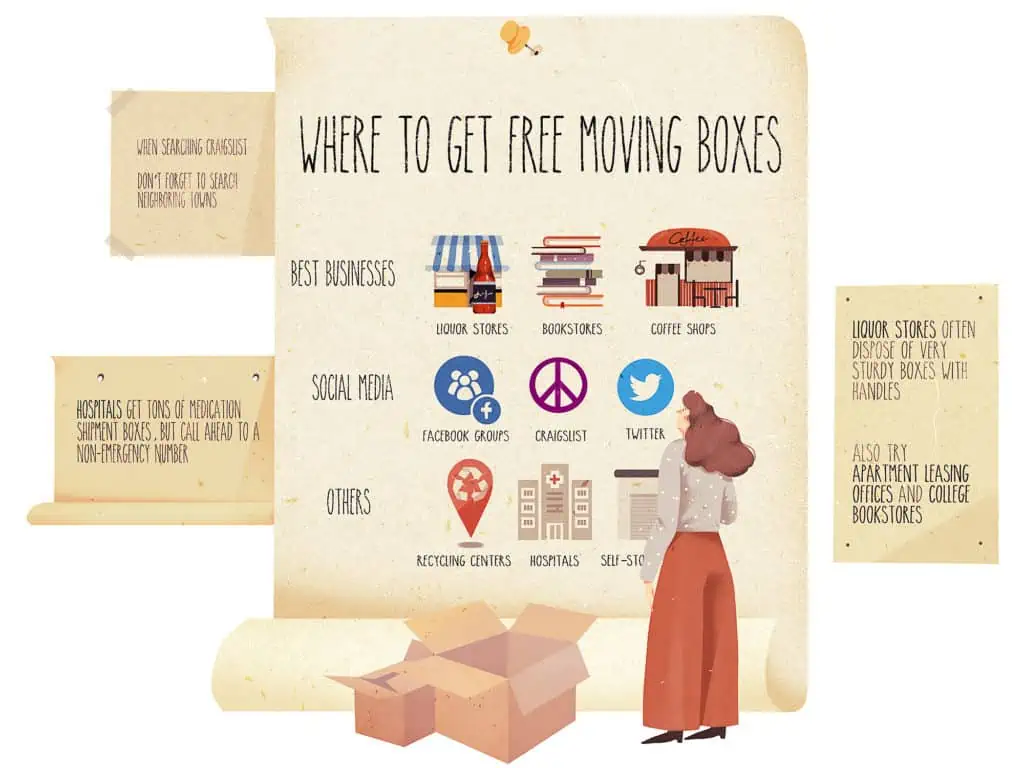
Since you still have plenty of time before the move, you don’t need to be frantically throwing items into boxes. Four weeks is plenty of time to start packing your stuff with an organized game plan. Will you pack items from one room together? Will you pack items of the same size together? Whatever method works for you is great, just be sure you are labeling your boxes as clearly and as detailed as possible so the unpacking process is even easier! If you’re not sure what labeling system is best for you, we really love this trick because it makes moving day efficient.
Purchase furniture to be built or delivered.
Buying furniture now is a great idea so it can be ordered and delivered to your new home just as you’re about ready to set things up. Instead of lugging over that king-sized bed or oversized buffet, sell those items on Craigslist and look for new items that will fit. If they’re back-ordered or will take time to ship, that’s perfect because you still have a month to go!
Remember: if you have them shipped to your new address, you won’t have to worry about moving them. For items you end up buying on Craigslist, be sure to set up the pickup date on your moving day so that you can utilize the truck you have already rented! You can use this same trick at stores like IKEA. You can do all of your shopping and arrange to pick up these large pieces on your moving day so you can get the most bang for your buck for your moving truck rental.
3 Weeks Before the Big Move
If you decided to rent a truck, figure out which one and how big it needs to be about now.
Now that we’re three weeks out, it’s time to book your truck. The kind of truck you rent will be different for each move, but it will mostly depend on how much stuff you’re moving from point A to point B. You may want to shop around to find the best deal and see which day will be the least expensive. This post guides you through all of these important truck rental factors.
Okay, who exactly should I hire to move my stuff?
That’s the easiest question on this list! Just check out HireAHelper for all of your heavy-lifting needs. You can find local movers to help you on moving day so you won’t have to lift a finger. It’s suggested that you book your Helpers about 2-3 weeks in advance, so now is the time to get this checked off your to-do list.
It’s (officially) time to start packing.
It’s finally time to start packing up. And since you already figured out where to get boxes on the cheap, you can go ahead and pick up all of your moving supplies. Don’t forget to consult this post for a list of all of the supplies you will need for packing (plus tips to pack them up efficiently).
Make sure you know what you’re not allowed to transport on moving trucks.
Yep, you can’t bring it all! Here’s an entire list of things you should keep off the truck come moving day. Be sure to have a game plan to get these items to your new place.
How do I pack strange objects?
Let’s face it, not everything you own is going to fit nicely into a cardboard box. But we’ve got you covered with step-by-step instructions to pack up even the most unusual objects, such as these:
- Pots and Pans
- Queen Mattress
- Shoes
- Oil Painting
- Makeup
- Glass Lampshade
- Curtains
- Mirror
- Fragile Items
1 Week Before the Big Move – What should I do a week before moving?
Do the mandatory cleanups of your old place.
It’s always nice to leave your old property in good shape for the new homeowners, but for renters, it’s imperative to do a few things before you leave in order to increase the chances of getting your security deposit back. After your place is emptied, make sure to patch and paint any holes in the walls so you don’t get charged for this simple repair. If there is anything else your landlord requires (like getting the carpets professionally cleaned), be sure to coordinate this before you head out.
What else should I pick up at the store?
Call us crazy, but we think a fanny pack, now fashionably called a “sling bag,” may be the best thing to wear come moving day … and here’s why! Now’s the time to find a sweet one so you’re all prepped and ready.
Also, consult this list so you have the seven items you absolutely need for moving day.
Prioritize the right cleanups for your new place.
Cleaning is the next big one on our moving checklist. If you can get into your new house, we highly suggest you head over there before you actually move everything in to give the new space a good, deep clean. Here are five areas that need some TLC right away. You can also setup time for a locksmith to come over to your new place to re-key the locks shortly after your move.
A Successful Moving Day
Be fully prepped with all the right stuff.
- Put on your handy dandy moving day fanny pack and make sure you have these moving day essentials all ready to go.
- If you booked a container, it should be fully loaded before moving day … especially if you have a morning pickup for your container.
- If you rented a truck, make sure you get to the rental place early to avoid a line. Start your day on the right foot and totally on time! Also, if you hired Helpers, make sure you allow yourself at least an hour for picking up the truck so you can get back in time. You don’t want to waste any valuable time with your hired help!
- The best thing you can do is to have a talk with you and your moving team at the beginning of the day. Go over all of the key pieces of information so everyone is on the same page from the start. You need to be a confident leader!
If I hired movers what should I do?
Sit back, be a manager, and watch them do the heavy lifting. Yes, this may feel a little awkward, but it’s what they’re there for! (Plus, for insurance reasons, you’re usually not allowed to help anyway.) Don’t be afraid to speak up if you want them to do something differently, like wrap the piece of furniture with one more pad for safety!
If I didn’t hire movers what should I do?
Get ready to hope your friends show up! Maybe do some stretches so you can avoid injury and mentally prepare yourself for being on the downside of a couch in a stairwell praying your friend holding the top doesn’t let go! At the very least, it’s going to be a long day, so stay hydrated and nimble. You’ll be extra excited to check this off the moving checklist.
Unload and label your stuff in the most efficient way.
If you used our labeling tips to make a game plan for which room each box should be delivered, then you’ll want to label the doors in the new place based on the key. This will keep things organized and will ensure that your Helpers get the right boxes in the right rooms of your new pad.
Should I tip my movers? If so … how much?
There’s a lot of debate on whether you should tip your movers or not, and if you do tip…how much should you cough up? For more clarification, check out this post and then make your call.
Following Up After the Big Move
Get rid of or utilize all your moving boxes correctly.
Chances are you’ll have a lot of leftover boxes. Here are some ideas to make the most of all of that cardboard:
- Holiday Cardboard Hacks
- Halloween Costumes Made from Cardboard
- Cardboard Box Hacks for Kids
- More Genius Halloween Costumes
If you can keep those boxes around for your next move, your future self will thank you. But if you don’t want to repurpose or don’t have the room to save them, please, don’t forget to recycle them! Here’s a searchable database that’ll let you know the closest place to recycle anything of yours that can be reused, including those moving boxes!
Meet your neighbors online!
Nothing like starting off on the right foot with the people you’ll be living next to for quite some time. Check out this post on neighbor etiquette, download the Nextdoor app (must have!), and then muster up the courage to head next door and say, “hello.”
Unpack (efficiently).
Of course! We’ve got industry tips to make your unpacking party more manageable and more enjoyable. (Yes, it can be fun, but make sure you don’t hurt your back!).
Can I finally relax?
Yes, it’s time to celebrate! You definitely deserve to focus on this celebration step before moving on to the few remaining steps! After your move, we think it’s important to take a deep breath and celebrate in your new home. You’ve earned it!
What’s next?
Now the fun finally begins … getting settled into your new home! Consider painting the walls one of our favorite neutral colors, adding some smart home accessories, and even try tackling some of these DIY projects to transform your new home into home, sweet home.



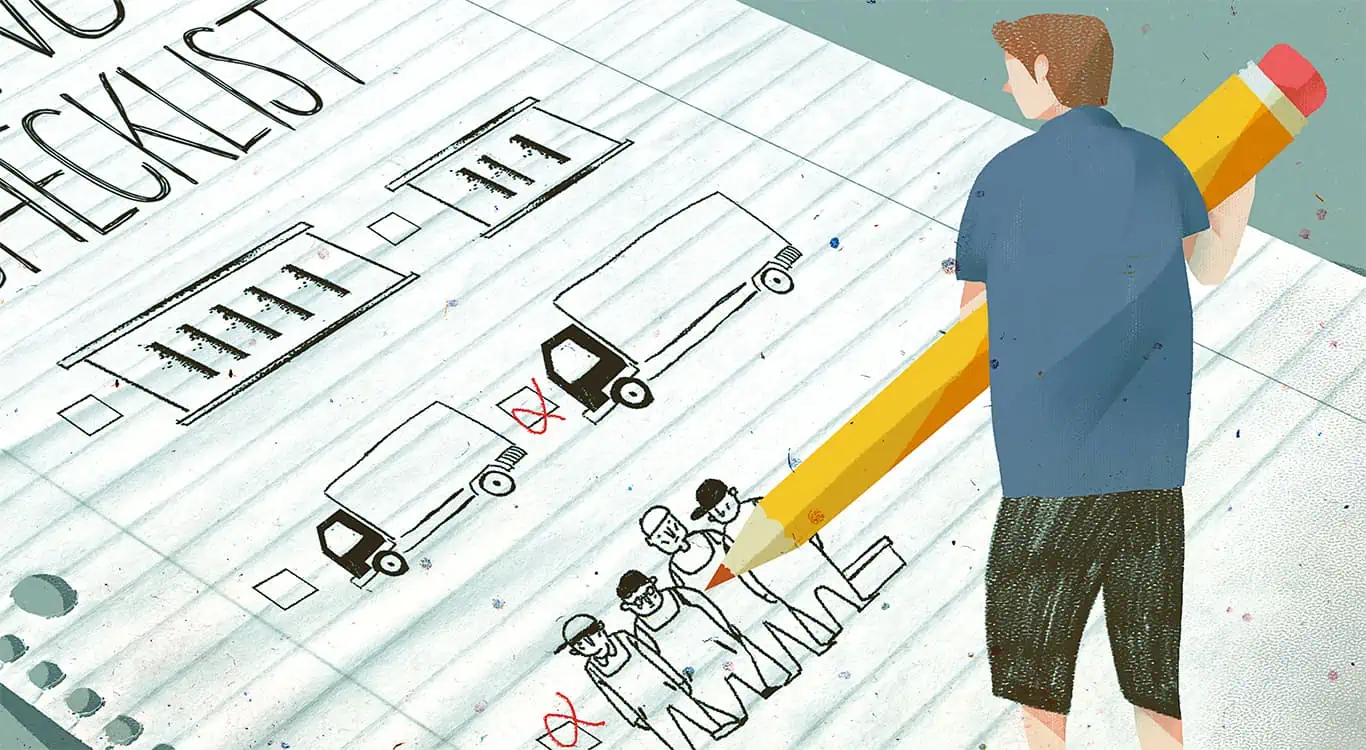

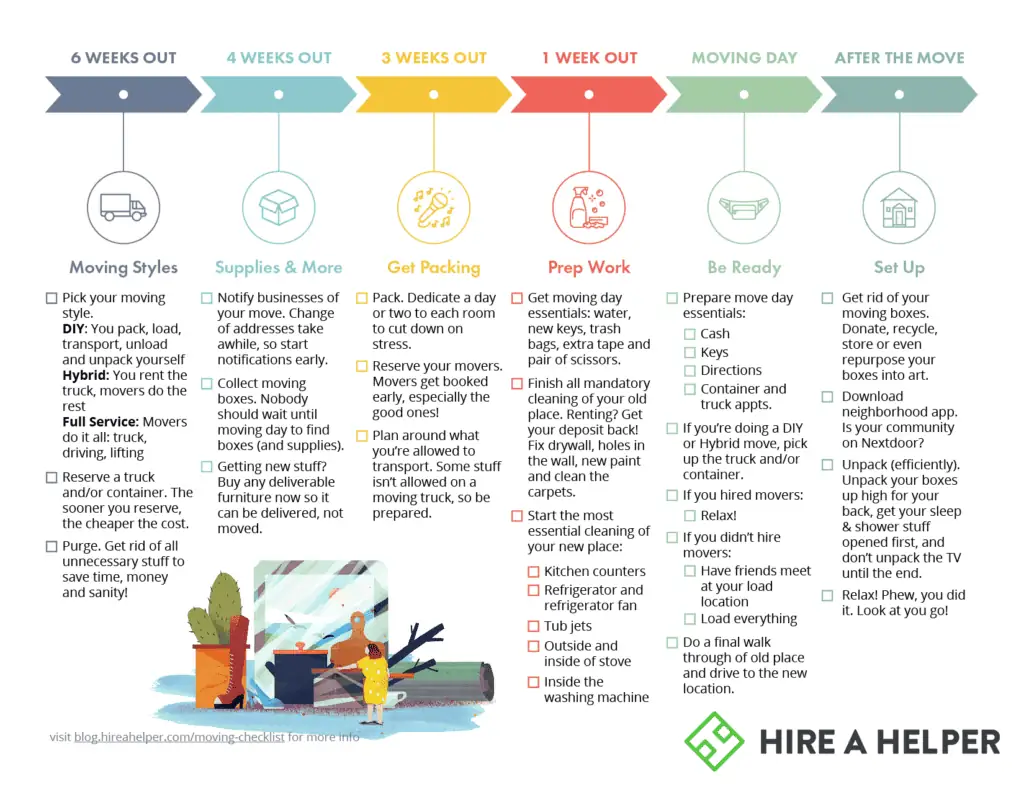

 There are also things you can do yourself to decrease your chances of being victimized. Using a lock the facility provides may be convenient, but your better bet is to get your own lock. Law enforcement types and criminals alike will tell you that a padlock is no match for the well-equipped thief. A
There are also things you can do yourself to decrease your chances of being victimized. Using a lock the facility provides may be convenient, but your better bet is to get your own lock. Law enforcement types and criminals alike will tell you that a padlock is no match for the well-equipped thief. A 